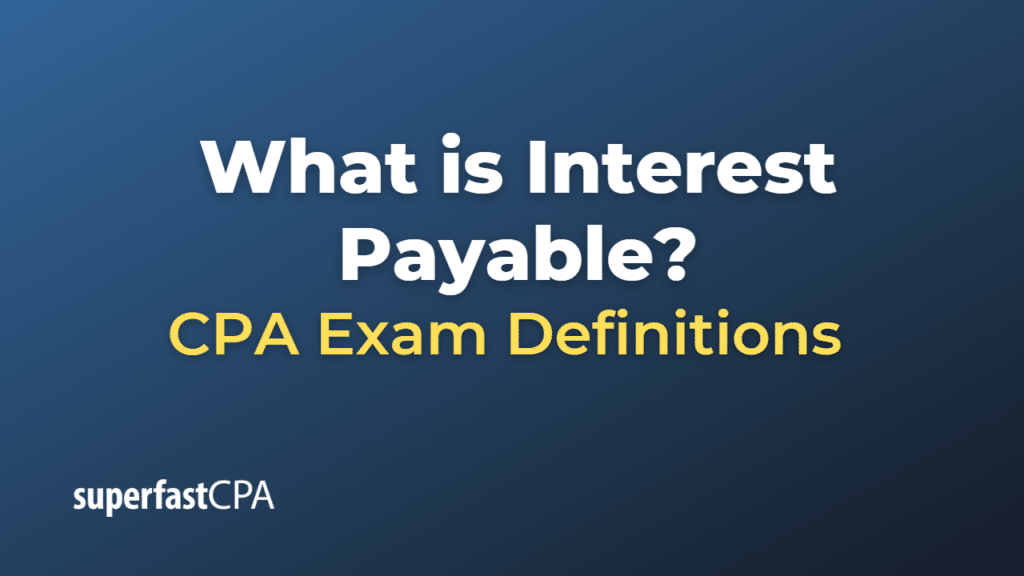Interest Payable
Interest payable is a liability account shown on a company’s balance sheet that represents the amount of interest expense that has accrued to date but has not been paid as of the date on the balance sheet. It is the amount of interest that a company owes but has not yet paid to its creditors, typically as part of its long-term debts, short-term loans, or bonds payable.
The interest payable amount represents a company’s obligation to pay this accrued expense in the future. It’s accounted for under Generally Accepted Accounting Principles (GAAP), and is a part of the accrual accounting method, which records financial events when they are incurred rather than when the cash flow happens.
Interest payable is calculated based on the principal amount of the debt, the interest rate, and the time period. If interest is not paid on a timely basis according to the terms of the loan or bond agreement, it accrues and increases the interest payable liability on the company’s books.
Like all liabilities, interest payable impacts a company’s liquidity position and is therefore a critical component in the analysis of a company’s financial health. An unusually high amount of interest payable relative to the company’s cash or profits may indicate potential liquidity problems or financial distress.
Example of Interest Payable
Let’s take an example to understand the concept of Interest Payable.
Suppose a company XYZ Corp. takes out a loan of $500,000 at an annual interest rate of 6%. The loan agreement states that interest payments are due annually at the end of each year.
However, XYZ Corp.’s financial year ends on June 30th, so when the company closes its books for the year, six months have passed since the loan was taken out, but no interest payment has been made yet.
In this case, XYZ Corp. would need to record an interest payable for the accrued interest expense for the six months. Here’s how you would calculate it:
Interest Payable = Principal x Interest Rate x Time
= $500,000 x 0.06 x 0.5 (since only half the year has passed)
= $15,000
So, XYZ Corp. would record an interest payable of $15,000 on its balance sheet at the end of its financial year on June 30th. This represents the interest that has accrued on the loan for the first six months, which the company owes to the lender but has not yet paid.
When XYZ Corp. makes its annual interest payment at the end of the calendar year, it would then reduce the interest payable by the amount of the payment.
Keep in mind that this is a simplified example. In real-world scenarios, the calculation could be more complex, especially if interest compounds or if the interest rate changes over time.













